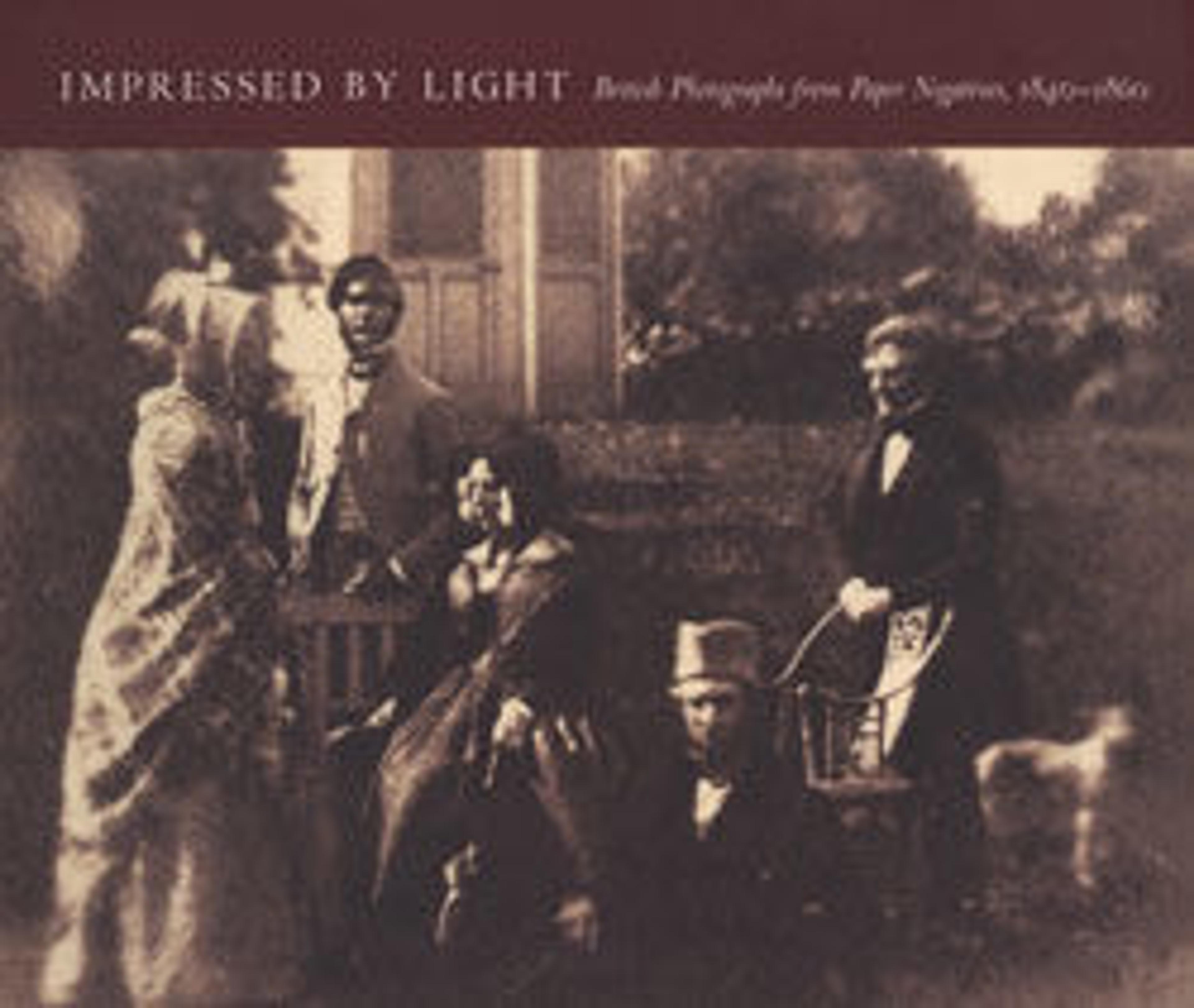Crystal Palace, Hyde Park, Transept
Like many early practitioners, Turner was a gentleman amateur for whom photography was a passion, not a profession. He took up photography in 1849, when the medium was barely a decade old. He was thirty-four, recently married, and had worked in the family's candle and saddle-soap business since age sixteen. His decision to purchase a larger camera, capable of making negatives as ambitious in scale as this one, was surely prompted by the photographs he had seen at the Great Exhibition and set him apart from his British contemporaries. (As no practical means of enlarging existed in the 1850s, a large photograph required an equally large negative and a camera big enough to accommodate it.)
Turner's view shows the interior of the Crystal Palace, Joseph Paxton's vast iron and glass pavilion built to house the Great Exhibition, after its six million visitors had left and its thousands of exhibits had been removed-an enormous empty hothouse built around an ancient elm. The lacy networks of tree branches and iron trusses form a visual metaphor for nature and industry, tradition and modernity-issues central to Victorian identity and art.
Turner's view shows the interior of the Crystal Palace, Joseph Paxton's vast iron and glass pavilion built to house the Great Exhibition, after its six million visitors had left and its thousands of exhibits had been removed-an enormous empty hothouse built around an ancient elm. The lacy networks of tree branches and iron trusses form a visual metaphor for nature and industry, tradition and modernity-issues central to Victorian identity and art.
Artwork Details
- Title:Crystal Palace, Hyde Park, Transept
- Artist:Benjamin Brecknell Turner (British, 1815–1894)
- Date:1852
- Medium:Paper negative
- Dimensions:Image: 30.2 x 40.1 cm (11 7/8 x 15 13/16 in.)
- Classification:Negatives
- Credit Line:Gilman Collection, Purchase, The Horace W. Goldsmith Foundation Gift, through Joyce and Robert Menschel, 2005
- Object Number:2005.100.259
- Curatorial Department: Photographs
More Artwork
Research Resources
The Met provides unparalleled resources for research and welcomes an international community of students and scholars. The Met's Open Access API is where creators and researchers can connect to the The Met collection. Open Access data and public domain images are available for unrestricted commercial and noncommercial use without permission or fee.
To request images under copyright and other restrictions, please use this Image Request form.
Feedback
We continue to research and examine historical and cultural context for objects in The Met collection. If you have comments or questions about this object record, please contact us using the form below. The Museum looks forward to receiving your comments.
